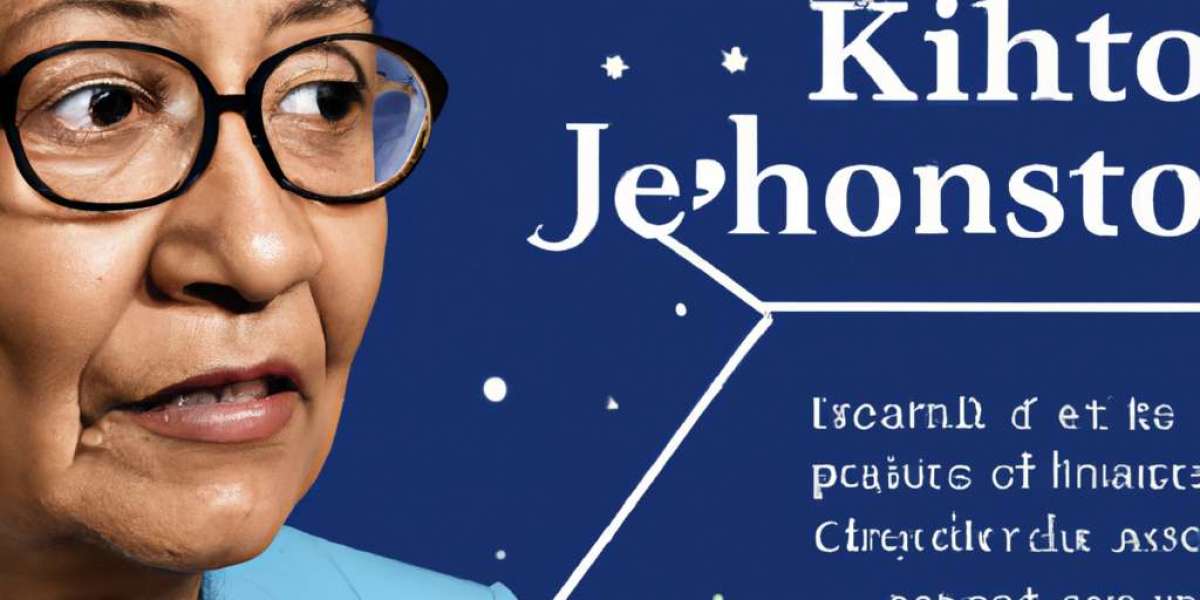Katherine Johnson: The Woman Who Took the Stars to Earth
It goes without saying that without pioneers who defied societal conventions and challenges of our time, advancements in various fields would be impossible. Katherine Johnson was one such pioneer – a woman whose mind interpreted the language of the stars and whose contributions made space exploration a reality. As an African American mathematician whose calculations were paramount to the success of America's first space endeavors, Johnson, a symbol of strength, brilliance and tenacity, left an indelible mark in history.
Early Life and Education
Katerine Johnson was born as Katherine Coleman on August 26, 1918, in White Sulphur Springs, West Virginia. Demonstrating prodigious mathematical talents from a young age, she accelerated through schooling despite living in a time and location where education for African American girls was limited. Her parents relocated their family so that Katherine could pursue high school education and by the age of 14, she graduated high school. At 18, she earned degrees in Mathematics and French from West Virginia State College.
Career at NASA
Katherine's professional journey began as a teacher, later moved to desegregation in 1953, when she was hired by NASA. Initiated as a research mathematician, or a "human computer", she went on to work under the segregated division, West Area Computers. Nevertheless, Katherine's undeniable expertise superseded racial and gender biases, and she was assigned to the all-male flight research team, becoming the first woman to receive credit as an author of a research report.
Her most significant contributions include her trajectory analysis for America's first human spaceflight in 1961, and her calculations that confirmed the accuracy of the orbit for the 1969 Apollo 11 flight to the Moon. She had a pivotal role in America's space race, assisting in the success of the Space Shuttle program and the Earth Resources Satellite. Her astonishing accuracy in complex manual calculations earned her an endearing nickname, "the human computer".
Honoring the Legacy
Johnson's selfless contributions were recognized later in her life. In 2015, Former President Barack Obama presented her with the Presidential Medal of Freedom, acknowledging the barriers she broke as a woman and as an African American. NASA dedicated the "Katherine G. Johnson Computational Research Facility" to her in 2017. Katherine's narrative also came to light in the acclaimed book and film "Hidden Figures".
On February 24, 2020, Katherine Johnson passed away at the age of 101. However, her legacy lives on and continues to inspire millions. Above all, her life provides an encouraging message – "Know how to learn. Then, want to learn." This was the philosophy of a woman who helped humanity reach for the stars, reminding everyone that no individual should be hidden or held back due to societal limitations or stereotypes.
Conclusion
Her life is not only a testament to her genius and tenacity, but it is also proof of the power of aspirations and possibilities. Katherine Johnson is not just an iconic figure in American history; she is an embodiment of courage, ambition, persevering spirit, and intellectual prowess. Her tale, etched in the annals of human achievement, will continue to motivate and guide generations forward to push the limits of human potential and break glass ceilings irrespective of their race or gender.



